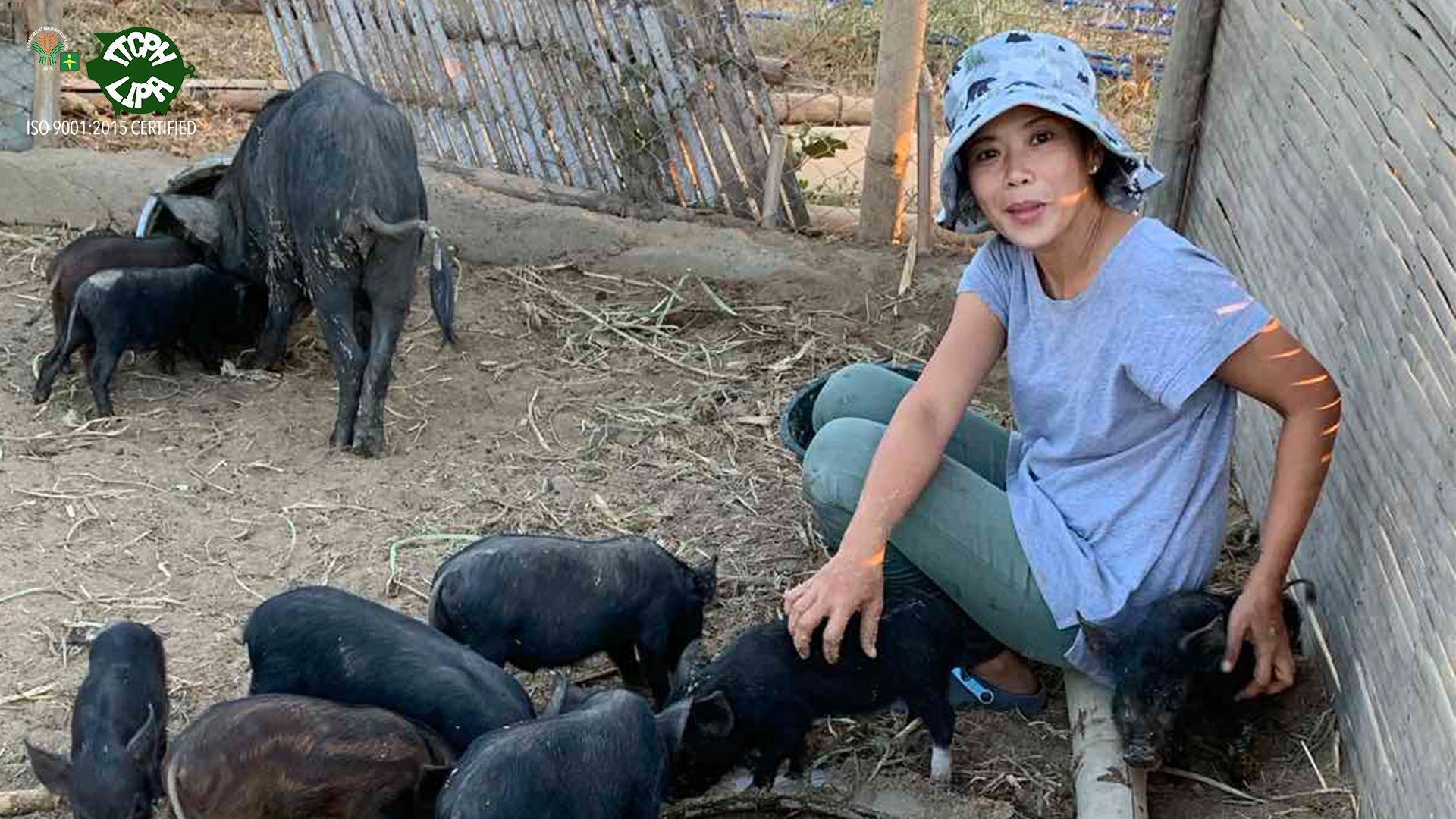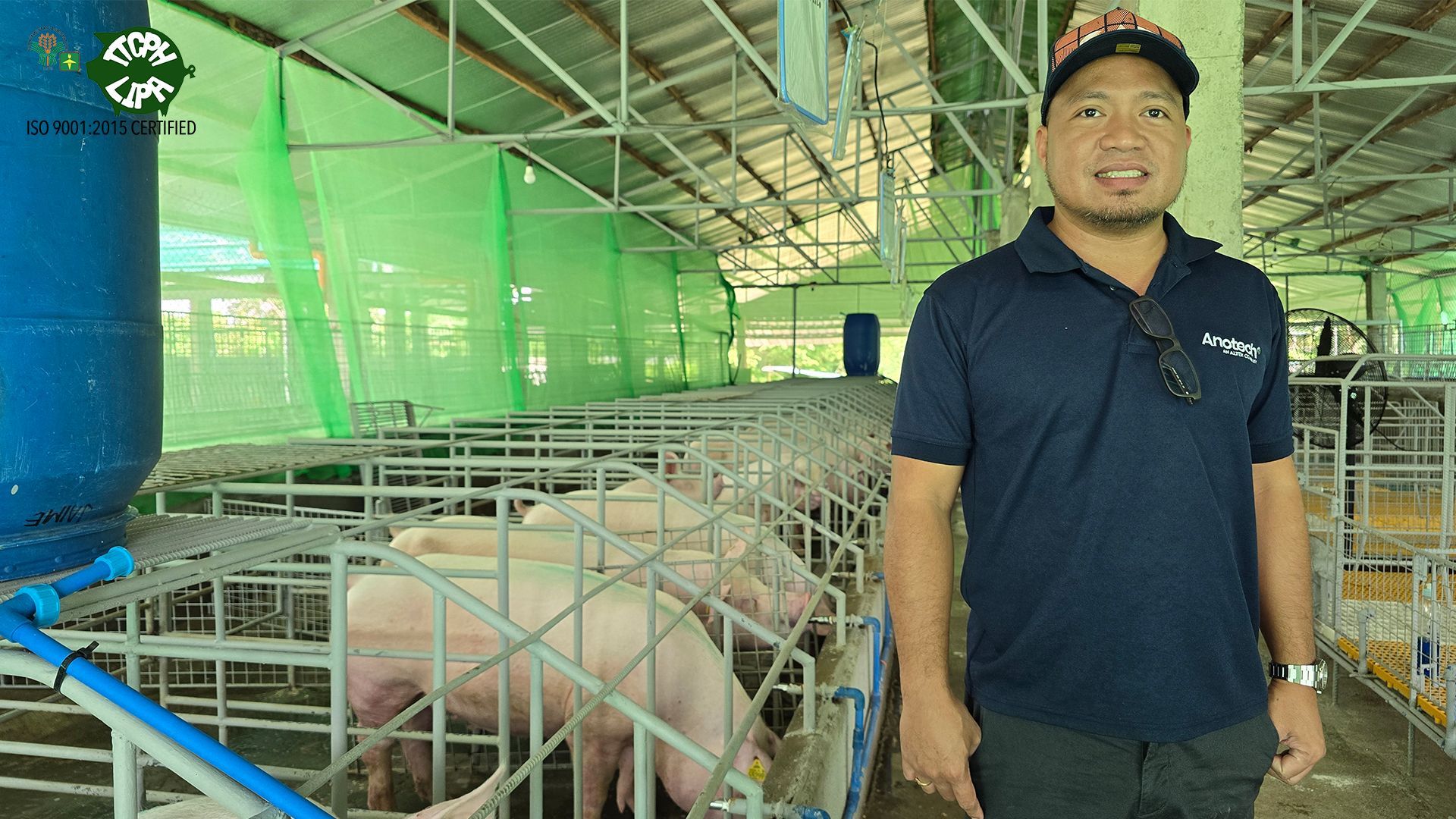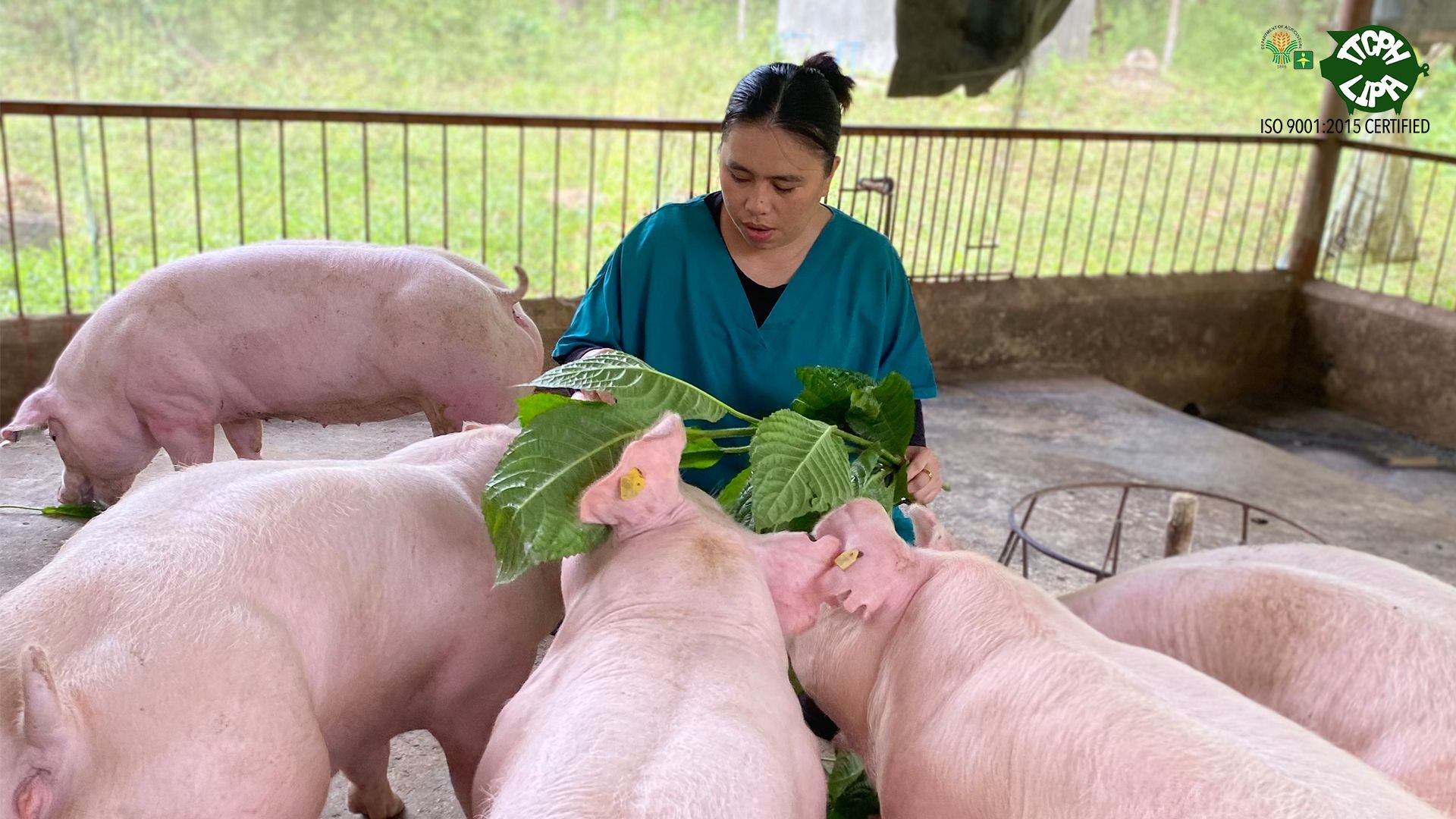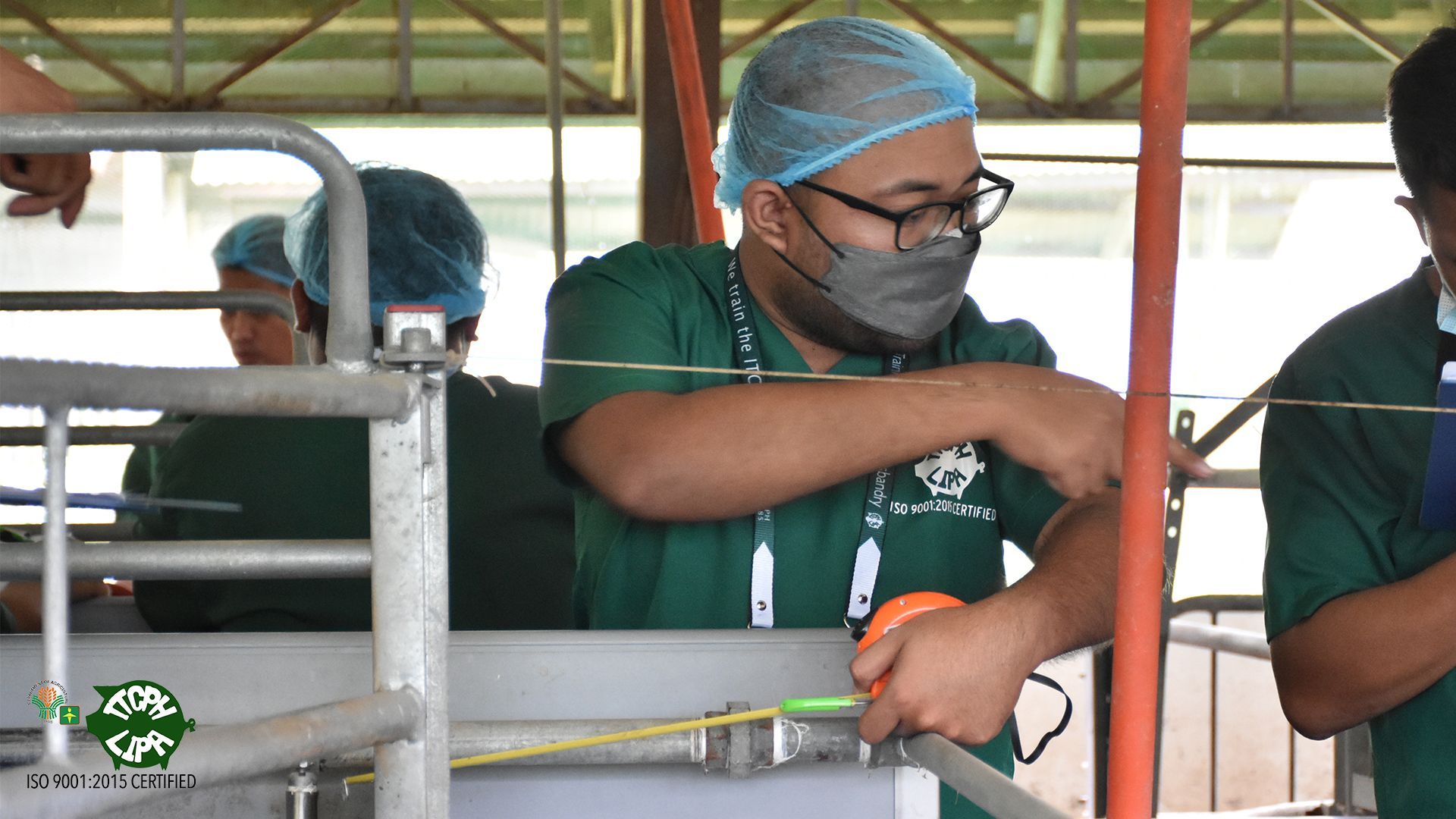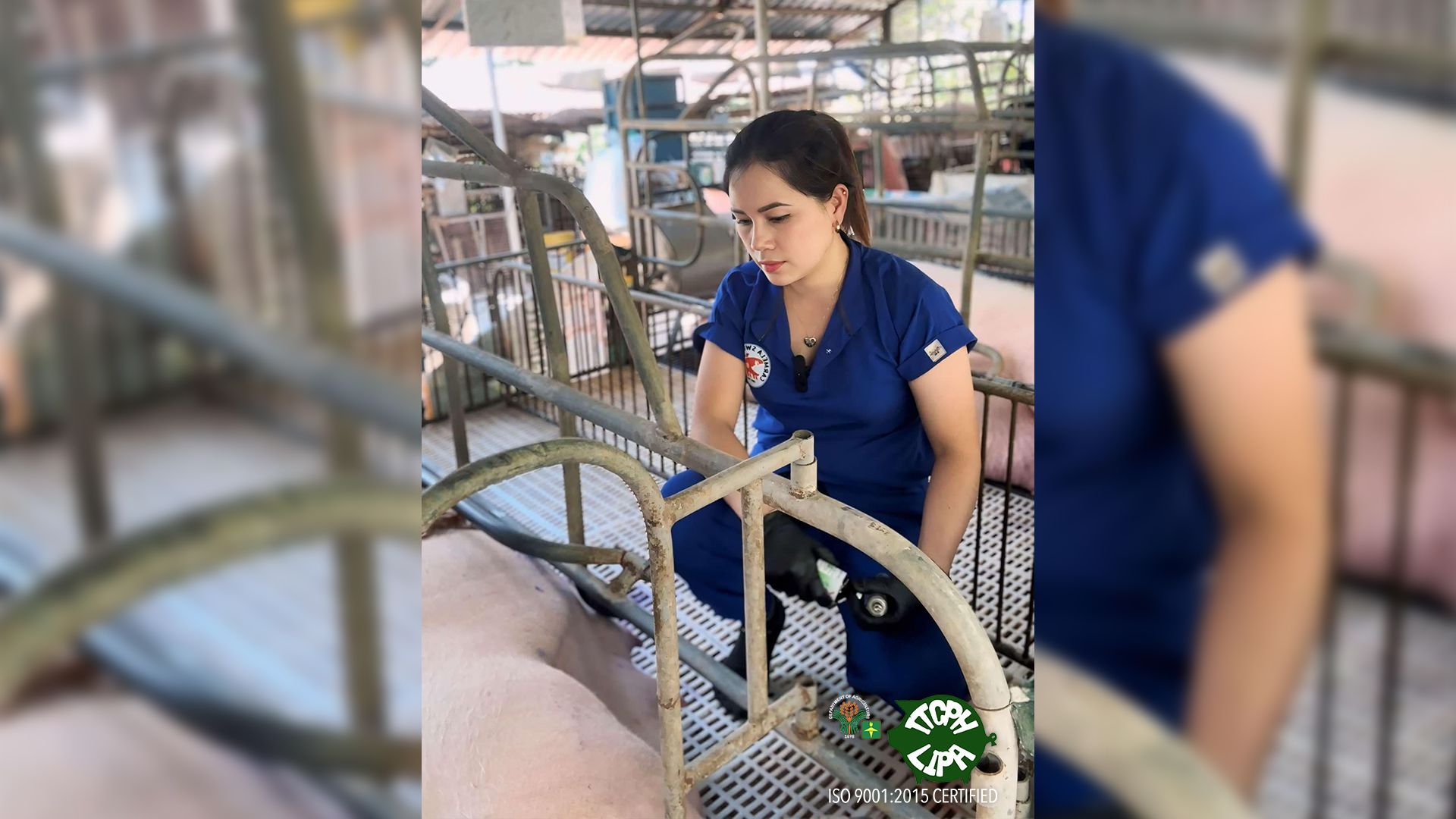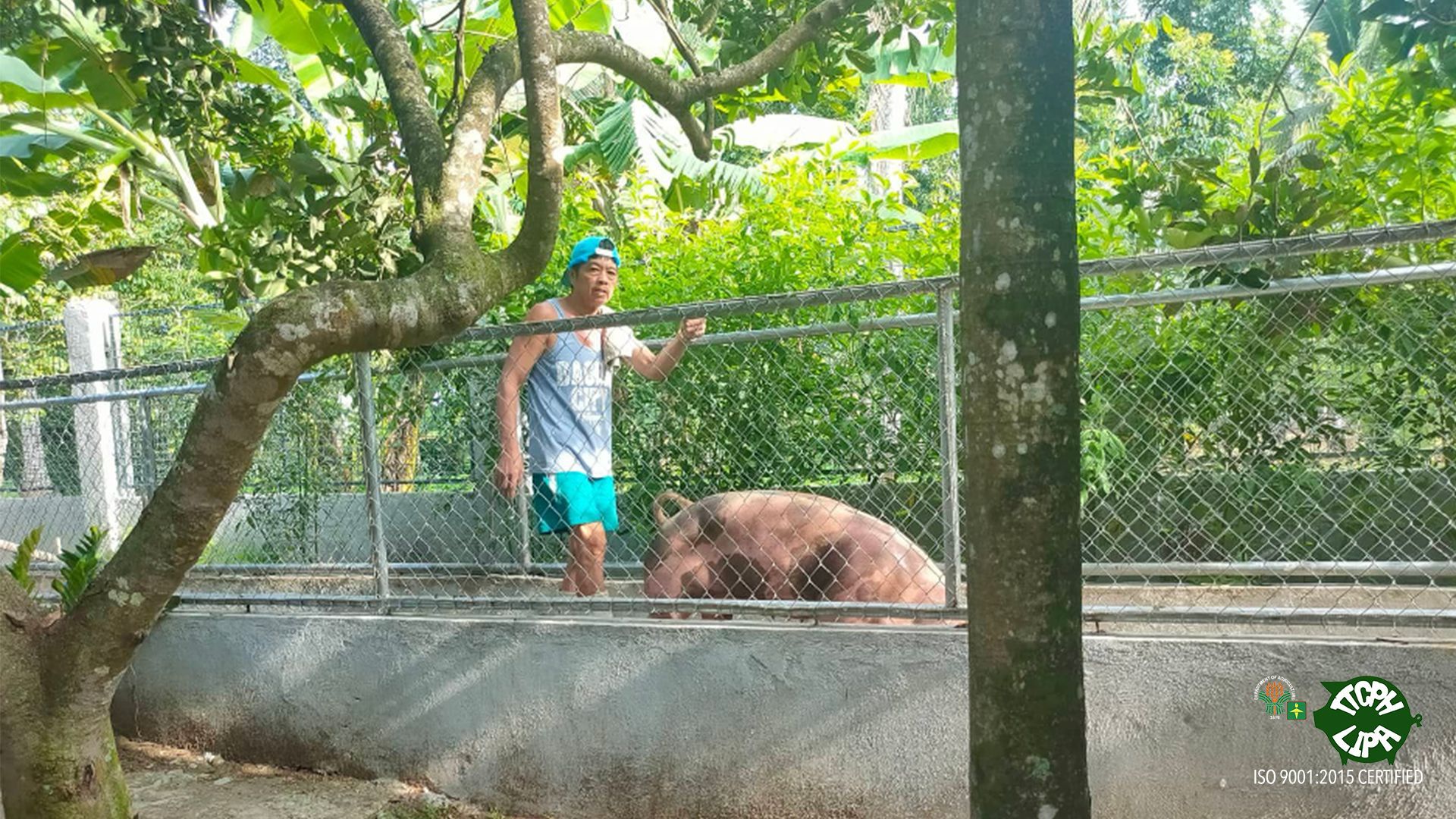From Crops to Hogs: A Newbie’s Journey to a Successful Pig Production
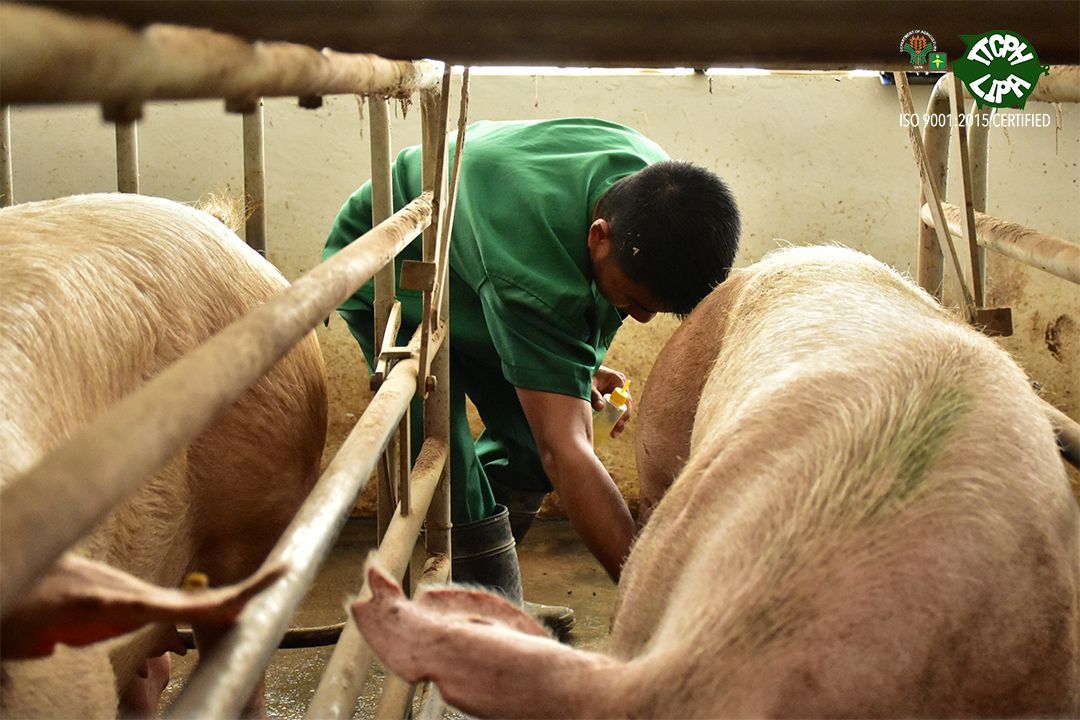
“Sa crop production, ang mga tanim puwede mo i-adjust, ipagpaliban ang pag-aabono, pag aapply ng preventive control, at pwedeng hindi na pagkagastosan para kumita, pero sa swine production yun ay hinding hindi pu-puwede. Kailangan talagang pakainin, gastosan pag may sakit, at kailangang puntahan araw-araw para maalagaan upang kumita”
, says Isaias, an Instructor I at Isabela State University (ISU), Cauayan Campus, Isabela.
True enough, no one seems to have control when it comes to growing pigs. Unlike crop production, animals need 24/7 care and maintenance. “Minsan Kahit tulog ako, kailangan bumangon kasi may manganganak”
, he further adds.
Isaias C. Dela Peña, 31, also made a major adjustment and transition when he was asked to handle swine subjects in the academe. Familiar with other types of animals except pigs, Isaias is a well-versed person to crops. “Ang inaabangan ko talaga noon sa course ay yung feednovation, kasi yun talaga ang strength ko”
, he narrated chuckling.
In 2017, Isaias completed the National Trainers’ Course on Pig Husbandry (NTCPH), where he was fully equipped with the technical knowledge and skills of operating a pig farm. Upon returning to ISU, he immediately handled the instructional unit and swine production project and made a specific makeover. With limited funding at that time, he started to make small steps in improving the current situation of the farm.
Out of the 24 fatteners, he selected 5 gilts, as an initial plan to start a farrow-to-finish production. The existing housing structures were also renovated accordingly. “Kasi dati bawat pen naka box type at ang nakalagay doon ay isang inahin kada kulungan, then ang ginawa ko, ginaya ko na yung nasa ITCPH, na may paipitan at hiwalay na paanakan”
, Isaias narrated.
Aside from installing gestating pens and farrowing crates, he also succeeded in building a feed storage and quarantine area for incoming animals prior to entering the farm.
The 5-sow level farm was improved and served as a training venue for the Bachelor of Agricultural Technology (BAT) students at the Institute of Agricultural Technology. Among the hands-on activities being done are judging animals based on selection criteria, piglet processing, and artificial insemination.
To ensure that the students know how a pig farm is managed, strict biosecurity was also implemented through a 24-hour downtime and restriction on bringing pork products. Production results are also secured through proper record keeping and a heat check control after weaning. “Dati talaga sa ika 18 to 21 days namin nachecheck if naglalandi ang baboy, pwede pala na 4 to 7 days”
, he shared. A vaccination program, deworming schedule, and administration of vitamins were also adapted.
Besides teaching in the four corners of the room, Isaias managed to serve as a lecturer in pig communities, as part of ISU’s extension project “Adopt a Barangay”.
Along with restructuring the school’s training farm, Isaias began to have his 3-sow level farm at home where he applied the technology of feednovation. Pre-germinated yellow corn seeds are fed to animals during the fattening period. “Binababad ko muna ng 30 mins sa tubig tapos i-pre-germinate ng 36 hrs at binibigay ko sa mga patabaing baboy pagkatapos nila kumain ng feeds”
, he said. This is being done by Isaias to animals at 4 months of age until it reaches their target market weight.
Everything seems to fall into place both in his personal and professional career. However, there is no smooth sailing neither to crops and hog production. In 2020, African Swine Fever (ASF) rub out Cauayan’s swine production. “Dinispose talaga namin nang as in lahat, at sakto naman na pandemic, at sa online na lang din kami nakakapag turo sa mga estudyante”
, he sadly narrated.
Fortunately, the ISU Cauayan Campus was granted a 60-sow level Nucleus Farm by the Department of Agriculture – National Livestock Program (DA-NLP) in 2022. Isaias as the College Extension Coordinator, together with his colleagues’ plans to expand the scope of their college’s “Adopt a Barangay” project and distribute F1 gilts to organized pig producers in Cauayan.
Apart from planning his career growth as a teacher, he is also enthusiastic to revive his farrow-to-finish production and set up an artificial insemination laboratory as an additional source of income for his family.
Today, Sir Isaias remains to be a confident and brilliant instructor at ISU, not only in crop production but also in swine production.
“Hindi na ako nag hesitate noong unang pinahawak sa akin ang swine subjects sa school and instructional unit farm, kasi alam kong kayang-kaya ko na, at tiwalang tiwala na ako sa aking kakayahan sa pagbababuyan”
, he emphasized.
#ITCPHway #LearningByDoing
